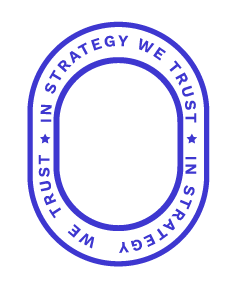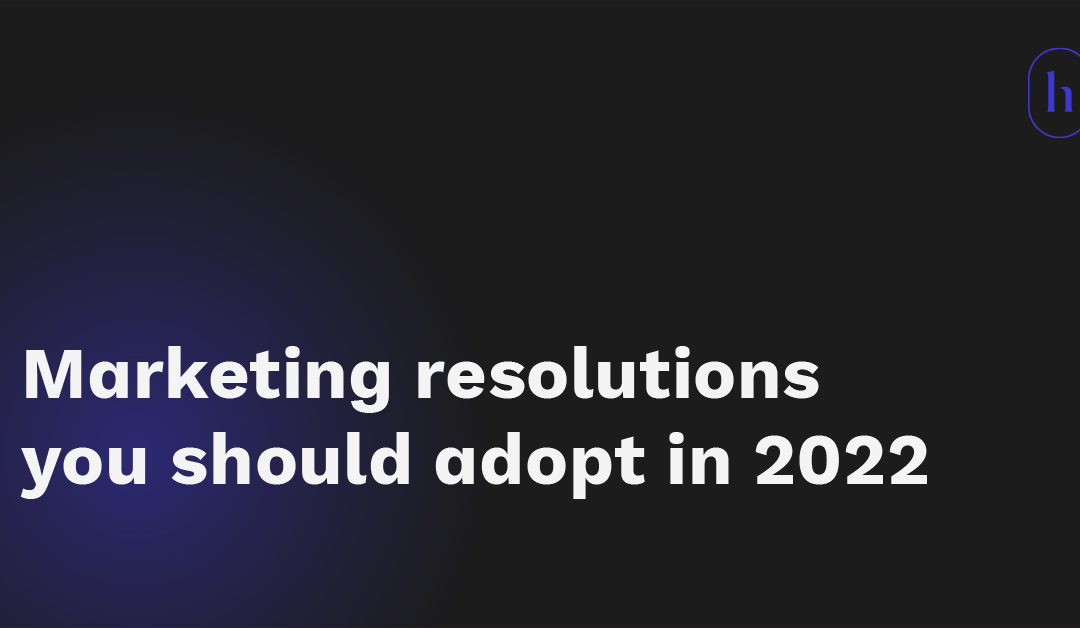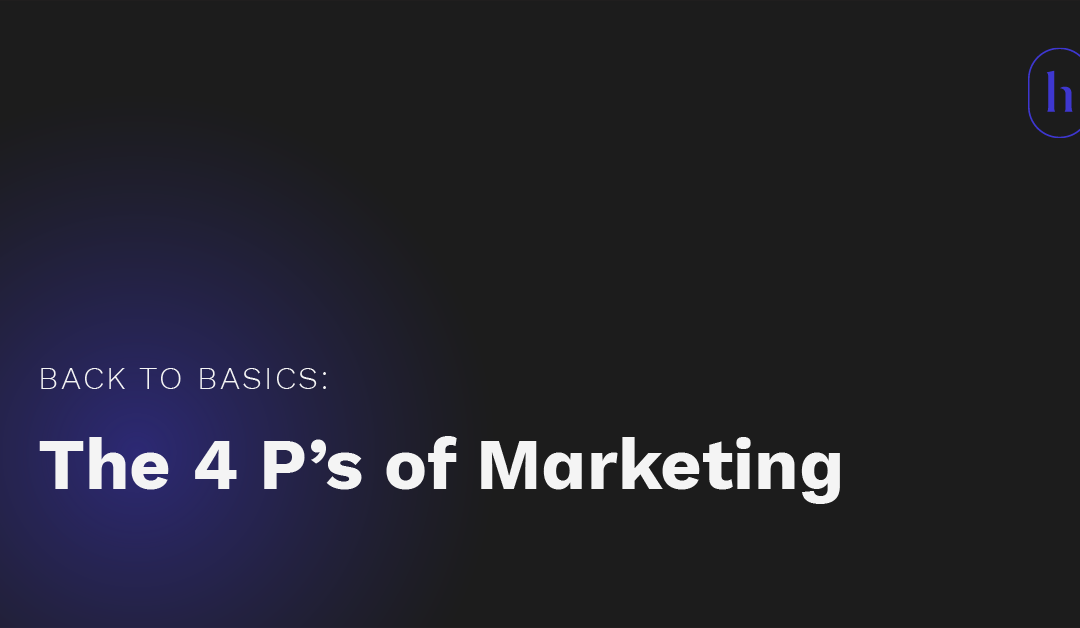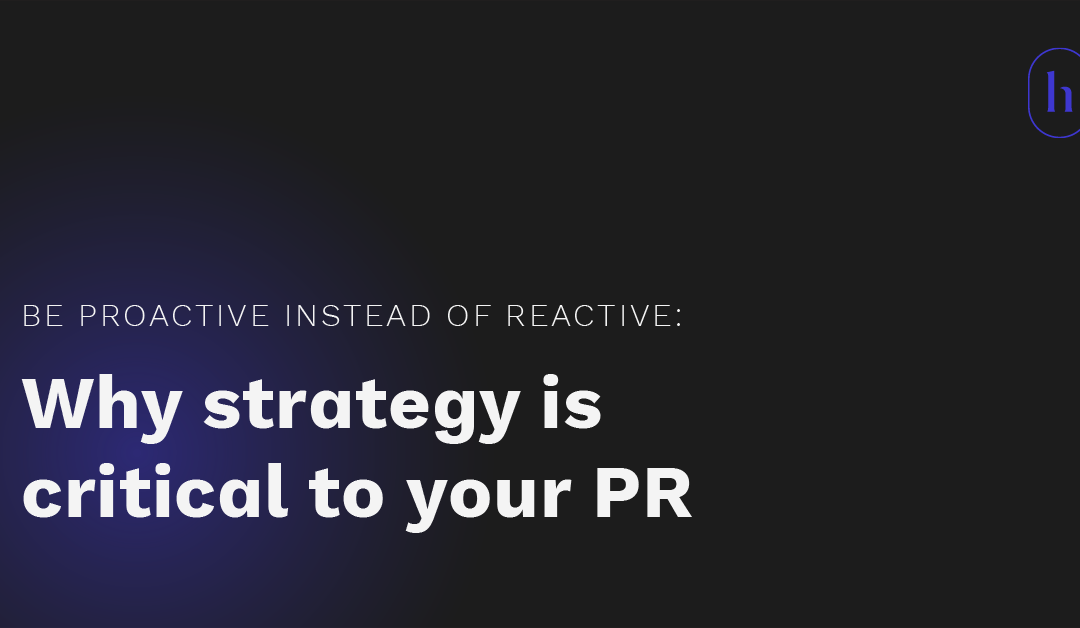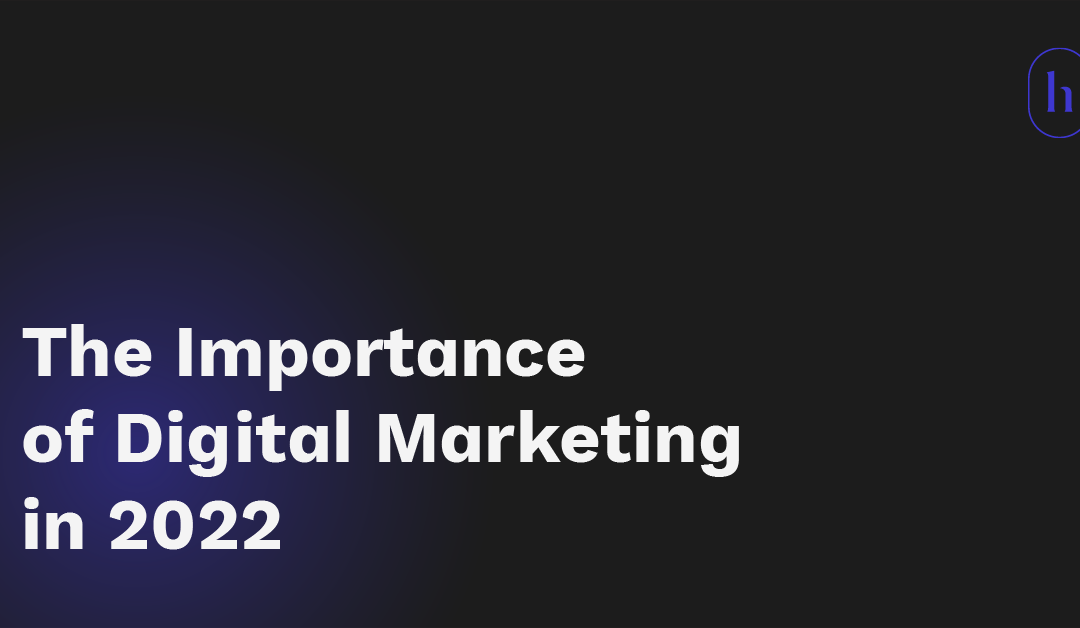
The importance of digital marketing
The Importance of Digital Marketing

When you think of traditional marketing tactics, you might imagine billboards, TV and radio commercials, and paper handouts — which are great for some businesses, but can be expensive and not reach a very wide audience.
Chances are if your brand or business has any kind of marketing strategy, you’re already incorporating digital marketing of some kind. Digital marketing is everywhere, but knowing how to strategically incorporate it into your marketing strategy will be the key to reaching your marketing goals this year.
Here are some of the key digital marketing tools that your business should be using in 2022:
Web-based advertising
Businesses can run advertisements on platforms like Google and Facebook, which can be more attention-grabbing and reach a much wider audience than traditional advertisements on a billboard or in a newspaper. The ads can be specifically targeted to your desired audience and will link directly back to your social media or website, offering an efficient pipeline for interested potential customers to find out more about your business.
Email newsletters
Email newsletter marketing is a great tool to reach your customers at regular intervals with business or product updates, critical information, or engaging content. Most email marketing platforms can offer you an insight into new customer leads and outline what content is being clicked on by readers.
Social media
Social media is key to a successful digital marketing strategy and can be used to accomplish many different marketing goals. You can use social media platforms to get new information to your customers, reach new audiences, network, and promote your business’ style.
Using social media from a business marketing standpoint also offers helpful analytics and insights that you don’t see on your personal social media accounts. You can see how many people viewed your post, how they’re interacting, and what time you should post in order to best reach your target audience.
Search Engine Optimization
Search Engine Optimization, or SEO, is all about ensuring your website is found by users looking for information through search engines. Search engines use keywords and phrases from web pages to offer users relevant information and results.
Optimizing your content for search engines shouldn’t be a guessing game. With tools like Google keywords, SEMRush, and others, you can uncover how to angle your website’s pages towards potential future customers.
If it sounds like your business would thrive with some new digital marketing tools and tactics, it’s time to revamp your marketing strategy with professional help. Our marketing team puts strategy at the forefront of all we do, and we can help your business find even greater success in 2022.
